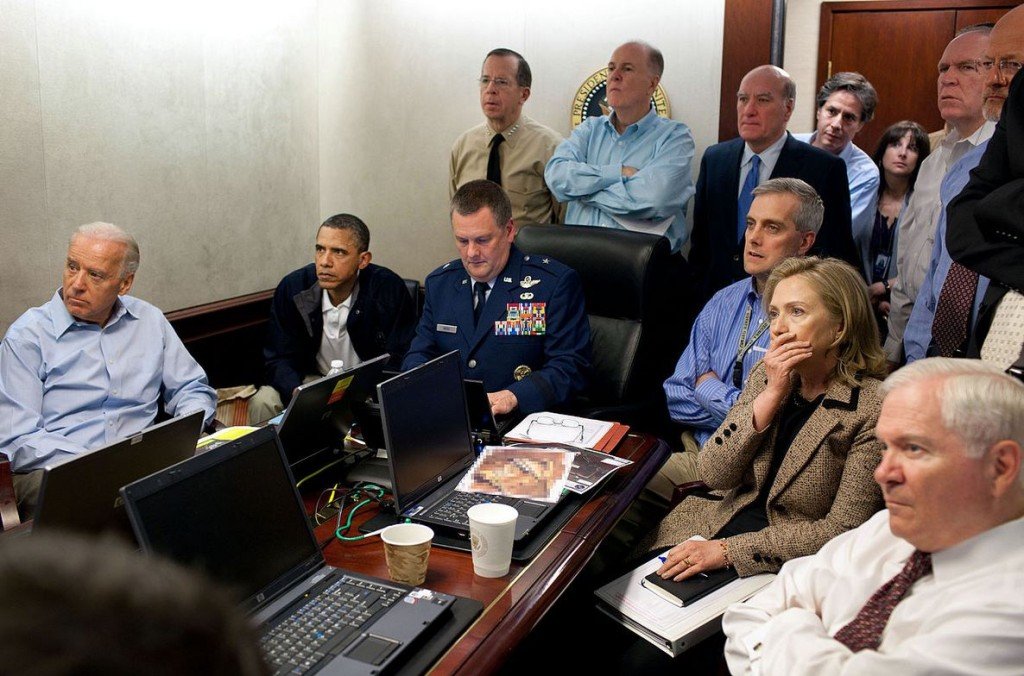Thirteen years on from the 9/11 attacks, which killed 3,000 people and caused $10bn-plus worth of damage, far from winning the ill-named War on Terror there has been a marked increase in terrorist attacks worldwide.
When US Navy Seals shot and killed Osama Bin Laden in May 2011 it failed to destroy Al-Qaeda in the way that killing a head of State would vanquish a regime.
Indeed, al-Qaeda is an ideology as well as an organisation, one which has capitalised on the violence and political upheaval plaguing Arab nations and the breakdown of security across North Africa to unite followers and affiliates under a common doctrine.
According to former UK Prime Minister Tony Blair, “the threat of radical Islam is growing and spreading across the globe”.
Some analysts believe that Islamist militant groups like Al-Shabaab in Somalia, Boko Haram in Nigeria, Ansar al-Sharia in Libya and Jabhat al-Nusra in Syria, to name a few, have united under the black flag of al-Qaeda and are held responsible for a 150% rise in terrorist and insurgency attacks since 2009. This is destabilising both communities and states in an age of globalisation.
British jihadists
Although the vast majority of terrorist and insurgency incidents occur in the Middle East and North Africa, American intelligence increasingly signals threats against the US and her European allies. Based on the number of arrests for terrorist-related offences in 2013, Europol believe the threat, driven by western-born citizens travelling to fight for the militant Islamic cause in foreign conflicts, is likely to increase exponentially.
Indeed, more than 500 British jihadists are rumoured to have travelled to Syria to join the fighting. The worry is that these “terror tourists” are being radicalised, trained in the use of bombs and weaponry and experienced in urban conflict.
What compounds this ‘fifth column’ threat – a term coined in WW2 to describe the enemy within – is the move towards attacks on soft targets. Although prime targets remain within the aviation, petroleum and nuclear sectors, as well as significant national landmarks, the Nairobi siege, when Al-Qaeda-affiliated Al Shabbah killed 61 people in an upmarket shopping mall, signal a decision to also focus on easier targets.
More recently, unclaimed bombings outside a hospital and markets in Jos, Nigeria have so far claimed 118 lives, while this month a bomb in the Chinese city of Urumqi killed 31 and wounded 94.
The kidnapping of 200 schoolchildren and their threatened sale as sex slaves by Boko Haram has signalled another new sinister approach. Some experts believe the flood of global media coverage actually boosts the terrorist cause with the oxygen of publicity.
Maximum media exposure
Two things are abundantly clearly: mostly aimed at targets in densely populated areas, these new tactics are relatively easy to execute and difficult to prevent. They also create maximum media exposure, as demonstrated in the recent attacks on Karachi Airport.
Terrorism is a complex geopolitical and social issue, as well as an emotive subject, way beyond my experience. However, from my perspective as a security professional responsible for protecting clients’ assets, it’s is a very real and challenging issue.
Fortunately, we in the UK have yet to witness mass suicide bombings. We haven’t yet suffered terrorism-related indiscriminate shootings, but the massacres in Dunblane and Cumbria have demonstrated the horrific impact of a Mumbai-style terrorist attack.
Although the UK has a long history of dealing with IRA terrorism, radical Islamic terrorism has so far been restricted to a small number of ‘backpacker’ bombs (such as in the 7/7 attacks) and car bombs fashioned for the Glasgow International Airport attack. This is testimony to the dedication and expertise of the UK security services and police.
As this worrying trend has shaped counter-terrorism strategy, public safety cannot be the sole responsibility of the government – we are all at risk. All citizens and businesses must assume their share of responsibility in countermanding the scourge of terrorism.
So what effect does this have on the private security sector? And, it will have an effect, requiring new counter-measures.
Does the security industry need to raise its professional status in such an elevated-risk landscape? We’re not really equipped to deal with the threat, given our policing is by consent and largely carried out by unarmed police.
Are better-trained security personnel who can both spot potential attacks and better manage them required? Should we invest in greater target hardening and physical protective measures?
Are security system designers sufficiently qualified, and do installation and service teams have adequate training and knowledge to implement effective systems?
Do we need to upgrade to higher quality, more efficient video surveillance and improved personnel identity and access management?
What about introducing airport style scanners or car bomb checks for vehicles or instigating more intrusive security staff interventions? Can, and how do, we justify the funding required to implement the preventative measures required?
Free Download: The Video Surveillance Report 2023
Discover the latest developments in the rapidly-evolving video surveillance sector by downloading the 2023 Video Surveillance Report. Over 500 responses to our survey, which come from integrators to consultants and heads of security, inform our analysis of the latest trends including AI, the state of the video surveillance market, uptake of the cloud, and the wider economic and geopolitical events impacting the sector!
Download for FREE to discover top industry insight around the latest innovations in video surveillance systems.
